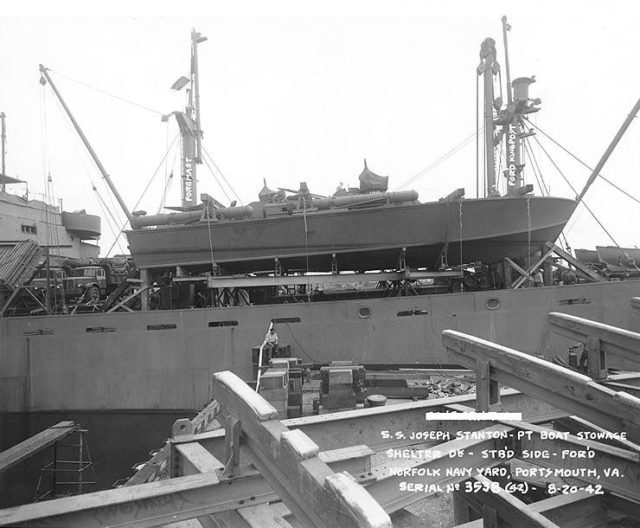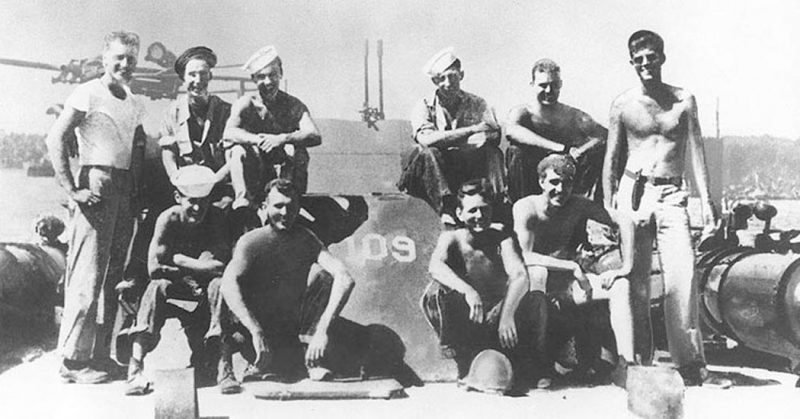John F. Kennedy’s name is well-known to Americans, but what about William “Bud” Liebenow?
Without him, Kennedy and his crew may not have survived the sinking of his PT boat, a heavily armed attack vessel, by a Japanese destroyer in 1943 near the Solomon Islands in the Pacific Ocean.
Liebenow, 97, passed away Feb. 27, the Winston-Salem Journal reported.
A resident of Fredericksburg, Virginia, Liebenow was a young college graduate when the Japanese attacked Pearl Harbour in Hawaii. He joined the Navy, serving on PT boats.

He and Kennedy were stationed in the South Pacific in 1943 as captains of PT boats. Kennedy and his 11-man crew after the sinking swam to a small island. Liebenow tracked them down behind enemy lines based on a note Kennedy etched into a coconut, delivered by natives to an American base.
In an attempt to rescue the crew of PT-109 he pulled directly up to the beach, Liebenow told a television station in 2015, adding that it was only part of the job. The future president invited Liebenow and his family to his inauguration in 1961.
This was not the only rescue during his naval career. Liebenow commanded a PT boat during the D-Day invasion of northern France. He motored around the waters just offshore from Normandy rescuing servicemen whose boats had been demolished, including approximately 60 crew members from the USS Cory. Following the D-Day landings Liebenow ferried Generals Dwight D. Eisenhower, Bernard Montgomery, George Patton and other senior Allied officers,
Following the D-Day landings Liebenow ferried Generals Dwight D. Eisenhower, Bernard Montgomery, George Patton and other senior Allied officers, Navy Times reported.
After the war, he was employed at the Chesapeake and Ohio Railway for three decades before retiring in 1981. He is survived by his two children and wife, Lucy.
